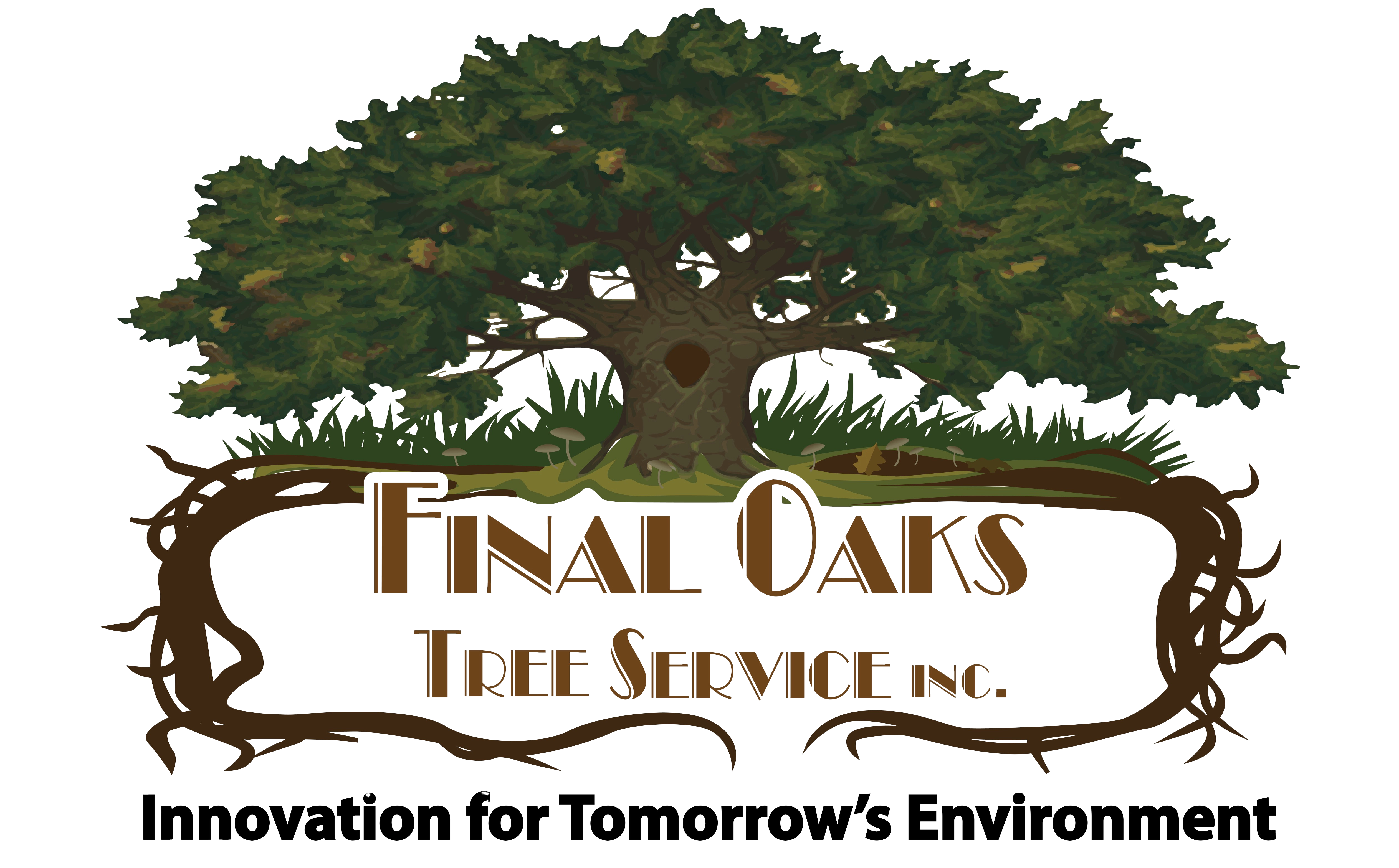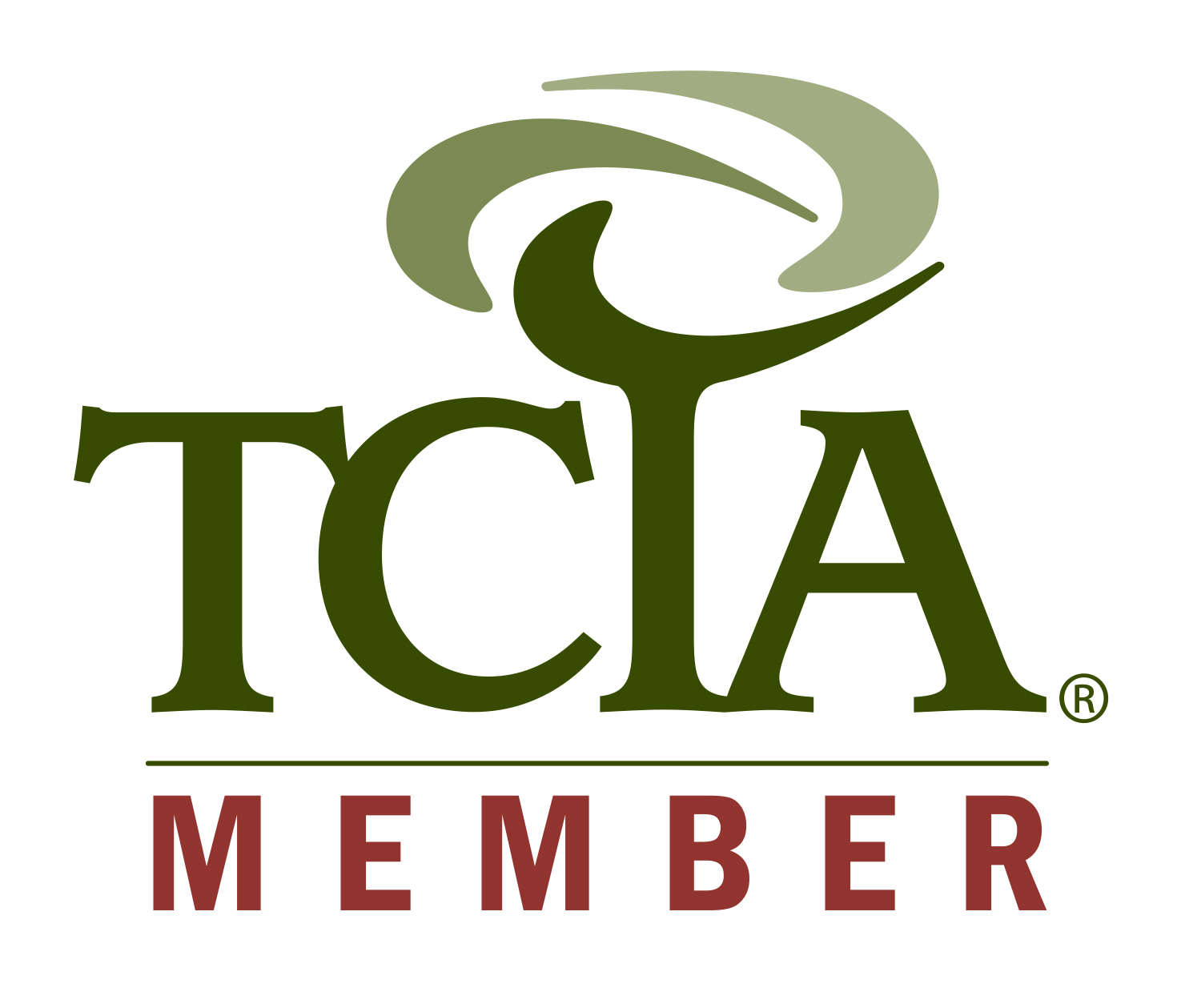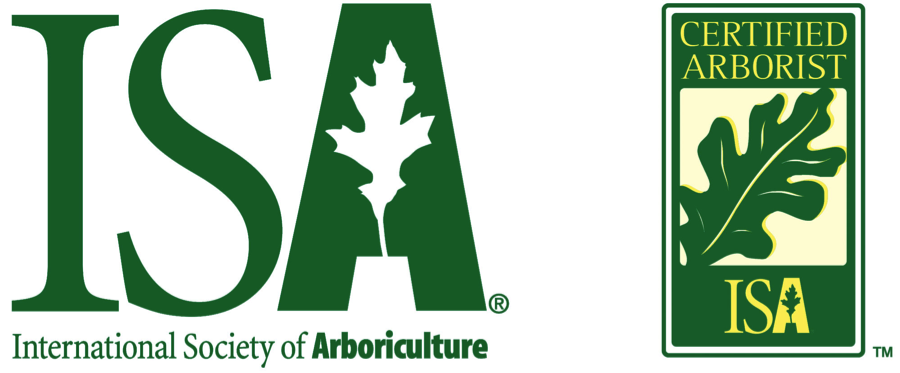
Cranes let tree removal teams take down large trees in a controlled way, piece by piece. This reduces risks to workers and nearby property. You don’t have to worry about branches or trunks falling in the wrong direction.
Crane-assisted removal is often faster than traditional methods. The equipment can lift heavy sections quickly and precisely.
This means less time and disruption for you during the project. It’s a smart choice for getting rid of tall or wide trees in tight spaces.
Understanding Tree Removal
Tree removal is a complex process that requires careful planning and execution. It involves different techniques and expert knowledge to ensure safety and efficiency.
Different Methods of Tree Removal
Tree removal methods vary based on the tree’s size, location, and surrounding obstacles. Crane-assisted removal is ideal for large trees in tight spaces. This method allows for precise control and reduced risk of property damage.
Sectional dismantling is another common technique. Workers climb the tree and cut it down in small sections from top to bottom. This method works well in areas with limited ground space.
For trees in open areas, directional felling might be used. This involves cutting the tree at the base to fall in a specific direction. It’s quick but requires skill to ensure safety.
Stump grinding is often the final step in tree removal. A machine grinds the remaining stump into wood chips, which can be used as mulch.
The Role of Arborists in Tree Removal
Arborists play a crucial role in the tree removal process. These tree care professionals assess the tree’s health, structure, and surrounding environment before deciding on the best removal method.
You can rely on arborists to:
- Evaluate the tree’s condition and removal necessity
- Plan the safest and most efficient removal strategy
- Obtain necessary permits for tree removal
- Ensure proper equipment and safety measures are in place
- Minimize impact on surrounding vegetation and property
Arborists also consider the ecological impact of tree removal. They may recommend alternatives to removal if the tree is healthy and not posing immediate risks.
Advantages of Crane-Assisted Tree Removal
Crane-assisted tree removal offers major benefits for tackling large tree projects. It improves safety, boosts efficiency, and protects surrounding property.
Safety Considerations
Using a crane for tree removal greatly increases safety. You can avoid risky climbing and unstable equipment. The crane lifts heavy branches and trunks clear of workers below.
Proper crane selection is key for safe operations. Choose a crane suited to the job’s size and weight requirements.
Cranes allow precise control of falling debris. This reduces hazards to workers and bystanders. You can carefully lower sections instead of letting them fall.
With crane assistance, fewer ground workers are needed in danger zones. The crane operator can handle much of the heavy lifting from a safe distance.
Efficiency and Speed
Crane-assisted removal dramatically speeds up the process. You can remove large sections of the tree at once instead of piece by piece.
Automation and optimization in crane planning boost efficiency. Advanced software helps plan the best lift sequences.
Cranes eliminate time spent climbing and repositioning equipment. This allows for quicker completion of large tree removals.
You can often remove trees in tighter spaces with a crane. The crane’s reach negates access issues that slow traditional methods.
Minimizing Property Damage
Cranes provide excellent control to avoid property damage. You can lift tree sections over structures instead of letting them fall.
Sensitive landscaping is better protected. Heavy equipment traffic on the ground is reduced when using a crane.
Careful path planning helps prevent collisions. Modern software assists in mapping safe crane movements.
Crane removal often requires less ground space than traditional methods. This means less impact on surrounding areas during the job.
Using a crane can allow removal of trees that would be too risky by other means. You can safely extract trees that overhang buildings or valuable landscape features.
Crane Operation and Tree Removal
Cranes play a crucial role in removing large trees safely and efficiently. They allow arborists to carefully control the process and minimize risks.
The Role of the Crane Operator
Crane operators are key to successful tree removal. They work closely with certified arborists to plan and execute the operation.
Operators must position the crane correctly and calculate load weights. This ensures the crane can safely lift tree sections.
Communication between the operator and ground crew is vital. They use hand signals or radios to coordinate movements.
Skilled operators can precisely place cut sections in drop zones. This reduces damage to surrounding property.
Safety is the top priority. Operators must watch for hazards like power lines or unstable ground.
Selecting the Right Crane Equipment
Choosing the proper crane is essential for tree removal. Factors to consider include:
- Tree height and weight
- Site access and obstacles
- Ground conditions
Mobile cranes are often used due to their flexibility. They can set up quickly in tight spaces.
Boom length is crucial. It must reach the highest parts of the tree safely.
Load capacity matters too. The crane must handle the weight of large tree sections.
Some key crane features for tree work:
- Telescoping booms for adjustable reach
- Outriggers for stability on uneven ground
- Specialized rigging equipment for secure lifting
You should always use cranes designed for the specific job. This ensures safety and efficiency throughout the removal process.
Overcoming Tree Removal Challenges
Cranes can help you tackle tricky tree removal situations. They allow you to safely handle trees in tight spots and near power lines.
Handling Trees Near Power Lines
When removing trees close to power lines, safety is key. Cranes let you lift and move branches away from wires without touching them. You can use insulated crane booms for extra protection.
Before starting, call your local utility company. They may need to shut off power or send a crew to help.
Cranes with long reach let you work from a safe distance. This reduces risks of electric shock.
Use a spotter to watch for any swinging limbs that could hit lines. Cut branches into smaller pieces to have more control.
Removal of Trees in Confined Spaces
Tight areas like small yards or between buildings make tree removal tough. Cranes shine here too.
You can lift tree sections straight up and over obstacles. This avoids damage to nearby structures.
Crane operators can precisely place cut pieces in drop zones. This keeps your work area clear and safe.
For very tight spots, use a crane with a telescoping boom. It can reach over fences or buildings to access the tree.
Cranes also let you remove trees without heavy equipment driving on lawns. This prevents soil compaction and landscape damage.
Case Studies: Efficient Large Tree Removals
Crane-assisted tree removal offers major advantages for safely and quickly taking down large trees. Two key developments have improved this process in recent years.
Crane Tree Removal in Northern Virginia
A tree removal service in Northern Virginia used a crane to remove several 80-foot oak trees from a residential property. The crane allowed workers to lift large sections of the trees straight up and over nearby structures. This method was much faster and safer than traditional climbing and piece-by-piece removal.
The crane operator worked closely with the ground crew to carefully position each cut section. They removed the entire trees in just one day. Without the crane, the job would have taken 3-4 days and posed more risk to workers and property.
The homeowners were pleased with how quickly and safely the tall trees came down. They avoided damage to their lawn and landscaping that often occurs with conventional removal methods.
Innovations in Crane Equipment: Grapple Saws
New grapple saw attachments for cranes have made large tree removal even more efficient. These hydraulic saws mount directly on the crane’s grapple, allowing the operator to grab and cut tree sections in one motion.
Grapple saws eliminate the need for a worker to climb the tree and make cuts manually. This improves safety and speed. The operator can remove large sections of trunk or limbs and place them directly on the ground or into a truck.
A single crane operator using a grapple saw can often do the work of an entire crew. This lowers costs for tree removal services and their customers. The precision of grapple saws also reduces damage to surrounding trees and structures.
Factors to Consider When Choosing a Tree Removal Service
Picking the right tree removal service is crucial for safe and effective large tree removal. You’ll want to look at the qualifications of the workers and evaluate the company’s overall service quality.
Credentials of Arborists and Ground Crew
When choosing a tree removal service, check if they employ certified arborists. These professionals have specialized knowledge in tree care and removal techniques. Ask about their certifications and years of experience.
Look into the training of the ground crew too. They play a key role in safety and efficiency during tree removal. A well-trained team can handle equipment properly and follow safety protocols.
Make sure the company has proper insurance. This protects you from liability if accidents happen on your property. Ask to see proof of both worker’s compensation and general liability insurance.
Evaluating Tree Removal Services
Compare quotes from multiple tree removal services. Don’t just go for the cheapest option. Look at what each quote includes.
Some may offer debris removal or stump grinding as part of their service.
Check the company’s equipment. For large tree removal, they should have cranes and other specialized machinery. This equipment can make the job safer and more efficient.
Read reviews and ask for references. Past customers can give you insights into the company’s work quality and reliability.
Pay attention to comments about timeliness, cleanup, and overall professionalism.
Ask about their safety record. A reputable service will have clear safety procedures and a good track record.
They should be willing to explain their safety measures to you.






